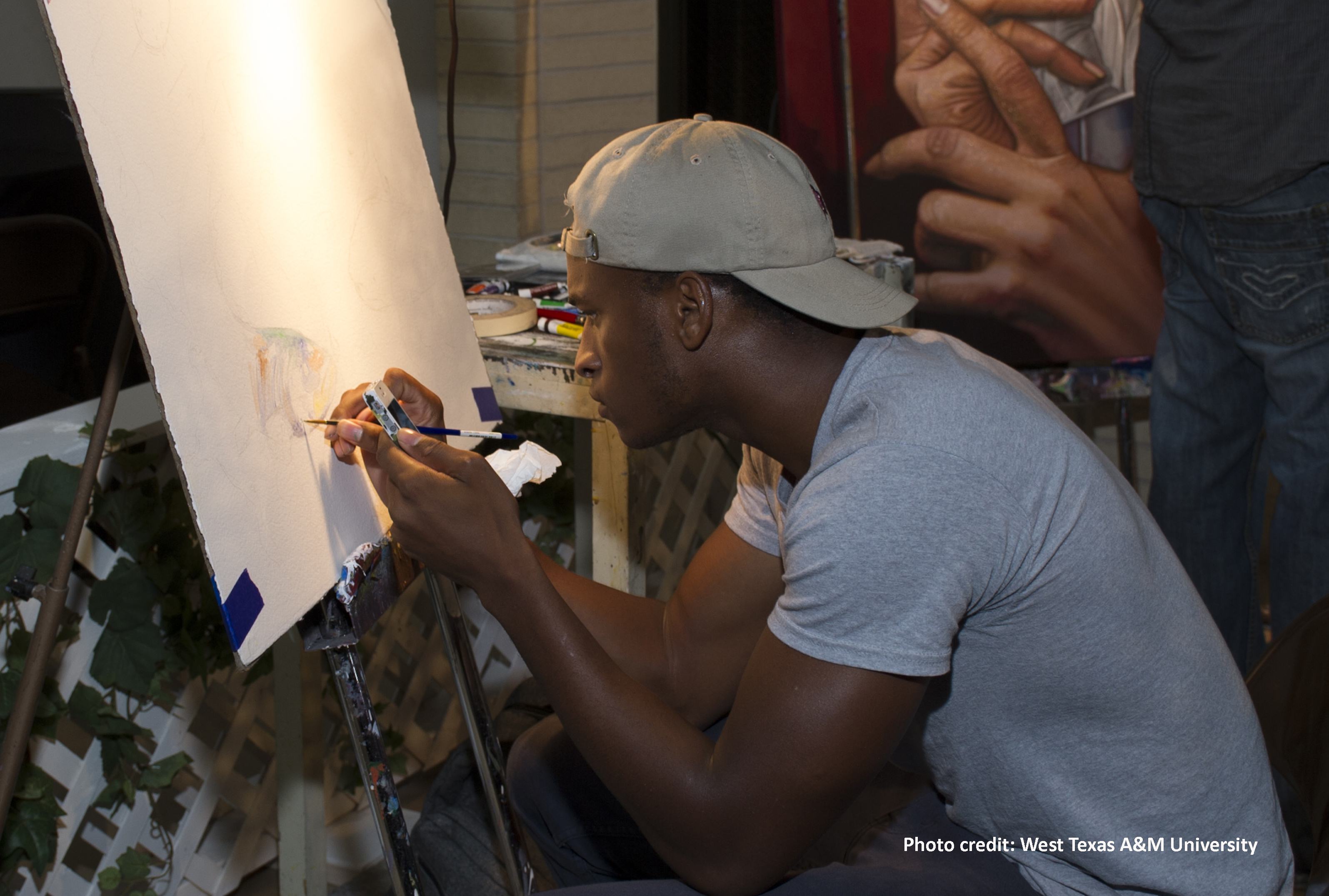Angie Miller and Amber Dumford — A recently published study used NSSE data to explore whether or not students in higher education settings used creative cognitive processes, how these processes were related to deep approaches to learning, and in what types of settings and students these processes were most prevalent. Data from a subsample of students at 17 institutions suggested that first-year and senior students employed several different creative cognitive processes in their everyday activities, with factor analyses showing two distinct types of processes: deliberate creative processes and intuitive cognitive processes. Additionally, there were significant positive relationships between creative processes and deep approaches to learning, as well as differences in the use of creative processes based on sex, enrollment type, and institution type.
Creativity is frequently cited as an important skill for the 21st century. To better prepare students to adapt to the realities of an ever-changing workforce, institutions are putting an increasing focus on the development of creative thinking. For instance, the Association of American Colleges and Universities includes creative thinking as an essential learning outcome. This study investigated whether postsecondary students engaged in any creative cognitive processes in their everyday activities, both in and out of the classroom. It also gave insight into whether creative cognitive processes are related to other intellectual aspects of their college experience, as well as for what types of students and in what types of settings these processes are most prevalent.
The items used in this study were adapted from the Cognitive Processes Associated with Creativity scale (Miller, 2014). An exploratory factor analysis suggested two factors (Deliberate and Intuitive) with strong loadings and adequate reliabilities, and a subsequent confirmatory factor analysis found good model fit. Example items from the "Deliberate" subscale included "Incorporated a previously used solution in a new way" and "Tried to generate as many ideas as possible when approaching a task." Contrastingly, example items from the "Intuitive" subscale included "Lost track of time when intensely working" and "Felt that work was automatic and effortless during an enjoyable task."
Once these subscales were established, they were incorporated into further analyses. Bivariate correlations with the deep approaches to learning measure from the core NSSE items suggested positive significant relationships with both creativity scales, and the magnitude of the relationships were consistently stronger for the Deliberate subscale. This suggests that creative cognitive processes are associated with higher student engagement. Furthermore, there were some significant differences when comparing the use of creative processes for students based on sex, enrollment type, and institutional type, although some of these comparisons had effect sizes that were smaller in magnitude. Overall, these findings provide support for incorporating direct instruction in creativity at the postsecondary level, as it could help develop important skills and enhance student engagement. Students could benefit from institutions integrating creative cognitive processes into the course curriculum across a variety of disciplines.
Full findings from this study were published in the December 2016 issue of the Journal of Creative Behavior.
Miller, A.L., & Dumford, A.D. (2016). Creative cognitive processes in higher education. Journal of Creative Behavior, 50(4), 282-293. http://onlinelibrary.wiley.com/doi/10.1002/jocb.77/full


